Scars, though inevitable in the skin healing process, need not be a source of distress. Dr. Veenu Jindal at Rasa Derm understands the impact of scars on both the skin and psyche. In this comprehensive guide, we delve into the diverse landscape of scar treatment and prevention, offering expert advice and personalized care plans.
Scar formation is affected by the skin’s type, age of the individual, size and depth of the wound, and rate of healing, to mention but a few. It is essential that you know what kind of scar you have; it will help you choose the appropriate treatment. Under their guidance, patients are offered individualized treatment plans that integrate the newest techniques and technologies for efficient scar management.
Factors Influencing Scar Formation
To embark on a journey towards scar-free skin, it is imperative to know the causes of scars. will outline the basic factors that contribute to how your skin scars and heals.
- Wound Depth and Size: Wounds that are deeper and larger tend to leave scars. Often, the healing process of the skin in response to these injuries leads to more remarkable collagen deposition, which means scarring is noticeable.
- Infection: Wound infections heal poorly and can leave prominent scars.
- Skin Type and Color: People with darker skin are more likely to develop hypertrophic scars or keloids.Similarly, some skin types scar easily or are more prone to noticeable scars.
- Age: With age, our skin loses its collagen and elasticity, which can slow down the healing process, resulting in a more accentuated scar.
- Location on the Body: Scars on areas that are frequently moving, like a knee or shoulder, may be more visible owing to the fact that their skin is constantly stretched.
- Genetic Factors: Some people are born to have certain scars, like keloids.
Understanding Scars: To effectively address scars, it’s crucial to comprehend their nature. This guide explores the various types of scars, such as atrophic, hypertrophic, keloid, and contracture scars. Dr. Jindal provides insights into how factors like wound depth, infection, skin type, age, and genetics influence scar formation, guiding patients toward tailored treatment plans.
Scars can be classified into several types, including:
- Atrophic scars: These often occur in depressed areas of the skin and are commonly caused by acne or chickenpox.
- Hypertrophic scars: raised and red scars, confined to the boundaries of the injury.
- Keloid scars: like hypertrophic, but spread beyond the area of injury due to an overproduction of collagen.
- Contracture Scars: Scars resulting from burns may tighten skin, thus impairing movement.
Scar Prevention Techniques: The main goal is prevention, and while complete avoidance is impossible, certain measures can significantly reduce the likelihood and intensity of scars. This section emphasizes proper wound care, sun protection, avoiding picking or scratching, maintaining a healthy diet, and consulting a dermatologist early for effective intervention.
The main goal is to prevent scars. Although it is impossible to completely avoid scars, certain measures can help reduce the possibility of their occurrence and also alleviate their intensity.
- Proper Wound Care: Wounds need prompt and appropriate treatment. Clean it very slightly and keep it moist with petroleum jelly or a similar product. Cover the area with an adhesive bandage or silicone gel sheeting to hasten healing and minimize scarring.
- Avoid sun exposure: UV rays can darken scars, making them more visible. As the skin heals, cover scars with clothing or use a broad-spectrum SPF 30 and above sunscreen to protect healing skin.
- Do Not Pick or Scratch: Picking at scabs disrupts the healing process and can cause more scarring. Allow natural healing to occur.
- Healthy Diet and Hydration: A balanced diet rich in vitamins and minerals, particularly vitamin C and E, along with adequate hydration, supports skin health and promotes effective wound healing.
- Avoid smoking: Smoking retards the healing process and can cause worse scars.
- Consult Early with a Dermatologist: Treating such conditions as acne at an early phase can help in the prevention of acne scars.
Advanced Scar Treatments: Rasa Derm places a strong emphasis on high-quality scar treatments. Techniques like laser therapy, microneedling, chemical peels, steroid injections, surgical revision, and silicone gel sheets are explored. The goal is not only to improve the appearance of scars but also to restore the skin’s natural beauty and health.
We also emphasize high-quality scar treatments in the quest for smooth skin without scars.
- Laser Therapy: Targeted light therapy or laser treatment can reduce the pigmentation of scars and stimulate collagen production, thus rendering the skin’s surface smooth once more. It works for different types of scars, such as acne and surgical ones.
- Microneedling: This technique uses small needles that puncture the skin in microscopic amounts, triggering the body’s natural healing process and the production of collagen. It is especially good for atrophic scars.
- Chemical Peels: Chemical peels improve the appearance of superficial scars and hyperpigmentation by removing the outer layer of skin.
- Steroid Injections: They are primarily used for hypertrophic scars and keloids, which help in flattening and softening the scar tissue.
- Surgical Revision: Sometimes, the most effective treatment is surgery to remove or modify a scarred section, followed by rehabilitation and wound management aimed at improved healing.
- Silicone Gel Sheets: Potentially used in treatment and prevention, these sheets not only hydrate the scar itself but also decrease its size and color.
Natural Remedies for Scar Reduction: Acknowledging the role of natural remedies, this section highlights the benefits of aloe vera, vitamin E, honey, essential oils, and onion extract in reducing scars. While these methods offer gentle solutions, it’s essential to understand their limitations and the importance of patience and consistent application.
- Aloe Vera: Aloe vera is known to be soothing and healing and can be applied to scars, which will reduce inflammation and help in the healing process.
- Vitamin E: This is an antioxidant that can be used on scars topically. It hydrates and heals the skin, improving its texture and look.
- Honey: Honey is found to be a good natural moisturizer as well as an anti-inflammatory agent. It can also promote wound healing and reduce scar formation when applied regularly.
- Essential Oils: Such oils as lavender and tea tree have healing effects. They should be diluted in carrier oil and can aid in decreasing the visibility of scars.
- Onion Extract: It is available in gel form and has been observed to enhance the appearance of scars, especially when dealing with hypertrophic and keloid scars.
Future Trends in Scar Treatment: The field of scar treatment is evolving, with emerging technologies promising more effective solutions. Rasa Derm is dedicated to staying abreast of these changes, including regenerative medicine, customized topical treatments, advanced laser technologies, 3D-printed skin, genetic therapy, and nanotechnology.
Lifestyle Practices for Healthy Skin: Healthy, scar-free skin is not just about topical therapies but also lifestyle practices. Rasa Derm advocates for a balanced diet, adequate hydration, sun protection, regular exercise, stress management, avoiding smoking, and maintaining a proper skincare routine.
Case Studies and Success Stories: Illustrating the effectiveness of Rasa Derm’s strategies, case studies showcase successful scar treatments. From acne scar reduction to keloid scar treatment, these stories demonstrate the individualized and effective care provided by Dr. Jindal.
Conclusion
Effective scar treatment is not one-size-fits-all. Rasa Derm emphasizes personalized care, combining advanced therapies with natural remedies and future trends. Patience and persistence are key in the gradual process of scar reduction. Every success story at Rasa Derm serves as inspiration for achieving flawless, scar-free skin through the right skincare regimen and lifestyle choices.








